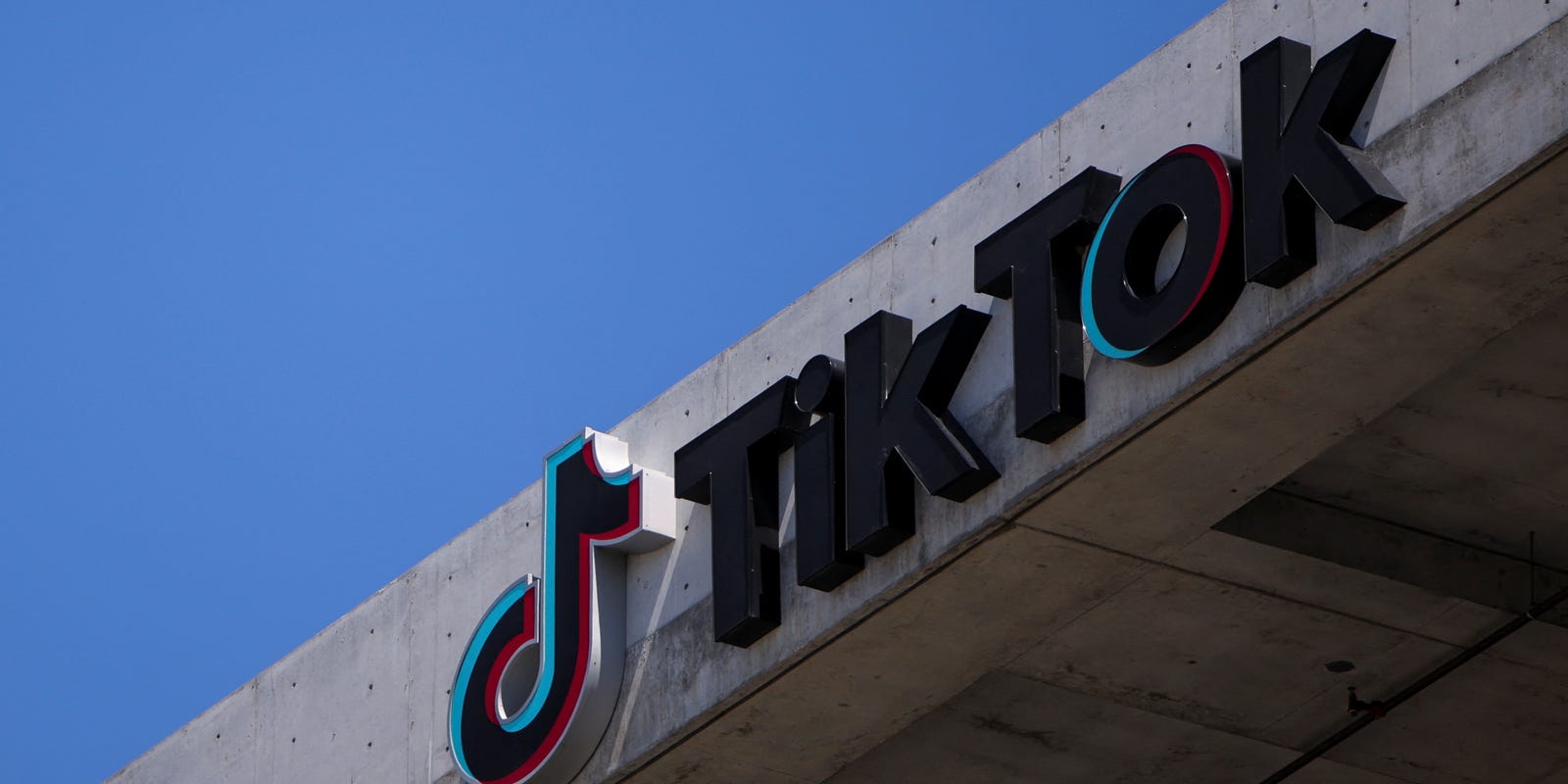
Mind Matters: Indiana's Bold Leap in Mental Health Support
Mental Health America of Indiana Calls for Meaningful Change During Mental Health Awareness Month
As Mental Health Awareness Month unfolds, Mental Health America of Indiana is challenging individuals and communities to move beyond passive recognition and transform awareness into tangible action. This powerful initiative aims to shift the conversation from simply acknowledging mental health challenges to actively creating supportive, compassionate solutions.
The organization emphasizes that true progress requires more than just understanding—it demands concrete steps toward mental wellness, support, and destigmatization. By encouraging proactive engagement, they hope to empower individuals to seek help, support loved ones, and contribute to a more inclusive mental health landscape.
Key focus areas include promoting mental health resources, supporting early intervention programs, and fostering community conversations that normalize mental health discussions. Their message is clear: awareness is just the beginning, and real change happens when communities come together with empathy, understanding, and a commitment to mental health support.
This month serves as a critical reminder that mental health is an essential component of overall well-being, and everyone has a role to play in creating a more supportive, understanding environment.









